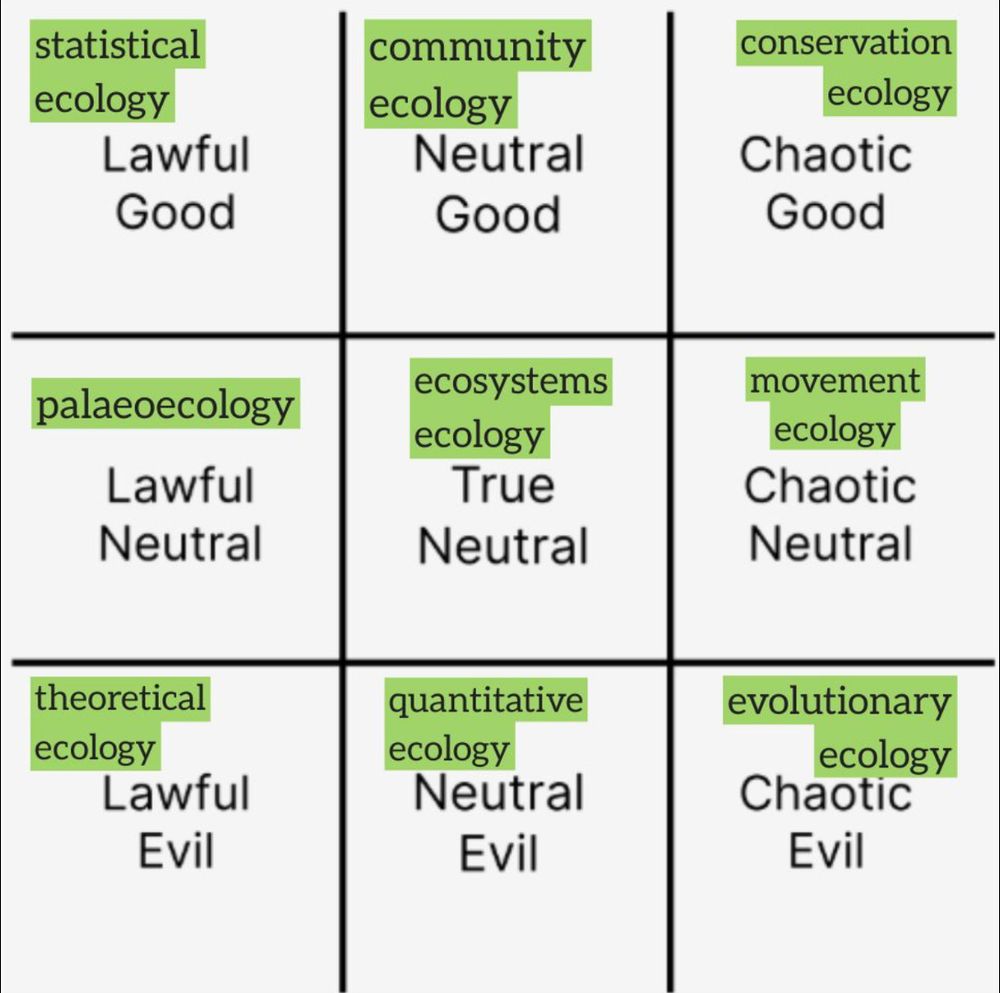Phil Martin
@philmartin.bsky.social
310 followers
270 following
120 posts
Ikerbasque research fellow at BC3 - Basque Centre for Climate Change | applied forest ecology | evidence synthesis | Associate editor @jappliedecology.bsky.social | foodie | music fiend | twin dad
Posts
Media
Videos
Starter Packs
Pinned
Phil Martin
@philmartin.bsky.social
· Jun 19
Phil Martin
@philmartin.bsky.social
· Sep 9
Reposted by Phil Martin
Phil Martin
@philmartin.bsky.social
· Sep 8
Phil Martin
@philmartin.bsky.social
· Sep 8
Reposted by Phil Martin
Steven J Cooke
@sjcfishy.bsky.social
· Aug 21
Reposted by Phil Martin
Reposted by Phil Martin
David Ho
@davidho.bsky.social
· Aug 21
Reposted by Phil Martin
Reposted by Phil Martin
Reposted by Phil Martin
Reposted by Phil Martin
Reposted by Phil Martin
Phil Martin
@philmartin.bsky.social
· Jul 23
Phil Martin
@philmartin.bsky.social
· Jul 23
Phil Martin
@philmartin.bsky.social
· Jul 23

Meta‐analysis reveals that the effects of precipitation change on soil and litter fauna in forests depend on body size
Our meta-analysis found that decreases in rainfall reduce the abundance and diversity of soil and litter invertebrates in forests and that increases had the opposite effect. Importantly, the effect o....
doi.org



















